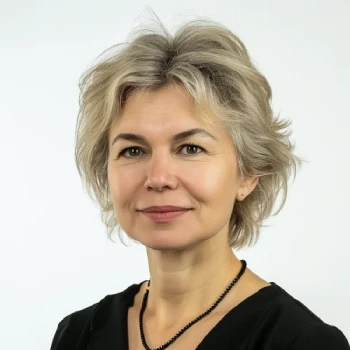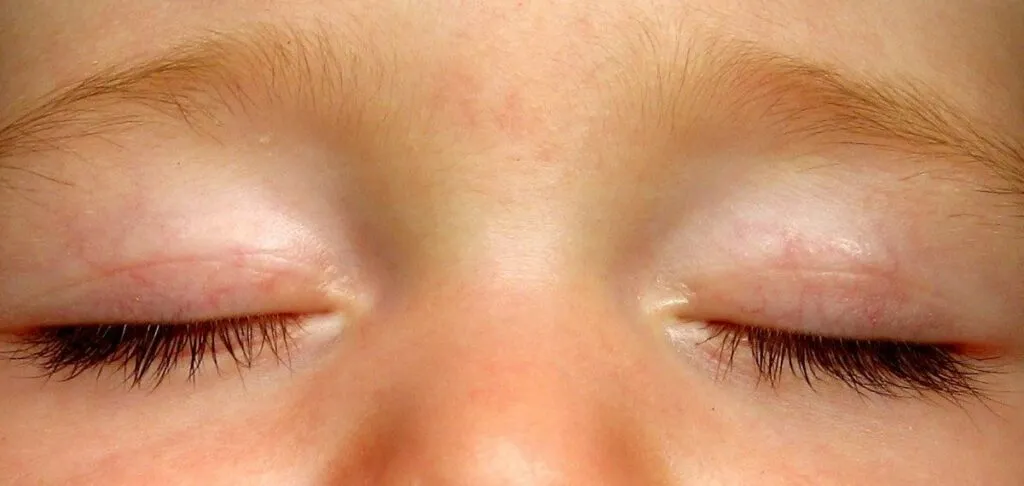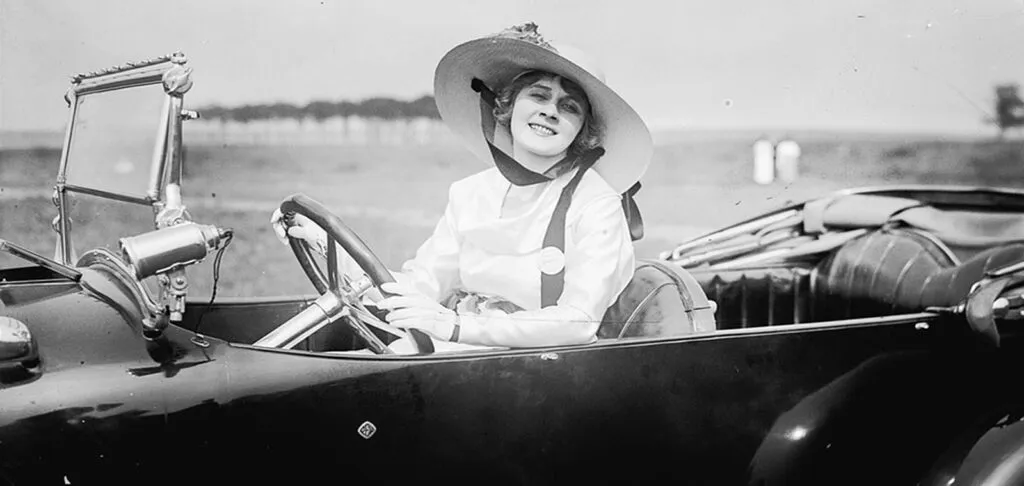
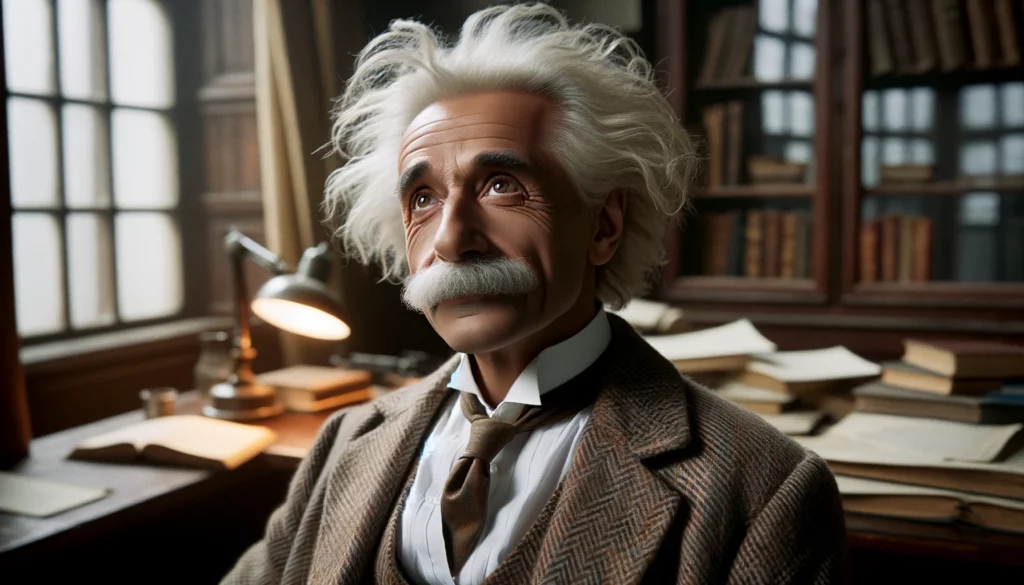
Albert Einstein’s unusual childhood: signs of autism?
Developmental delays and odd behavior
If a child does not speak for a long time, pediatricians and speech therapists comfort his parents with a classic example: “Albert Einstein was silent until he was seven years old.”
Some sources, however, give the figure as five. But the fact remains that as a child, the future Nobel Prize laureate clearly lagged behind his peers in development.
He first went and spoke at a time when his classmates had long ago been running around reciting poetry.
Until the age of seven, Einstein could obsessively repeat the same sentence after a speaker – this and other oddities made his family wonder if Albert’s head was all right.
From time to time the withdrawn and unsociable child would have fits of rage.
At times like this, his face would turn yellow, the tip of his nose would turn white, and he would no longer have much control over his actions.
Once in this state he beat his sister’s head in with a mallet, and another time he threw a chair at a teacher….
Years later, already in our century, American researchers in absentia diagnosed him with Asperger’s syndrome, a form of autism characterized by communication problems, extreme obsession with ideas, and learning difficulties.
According to another version, Albert Einstein’s development was influenced by syphilitic heredity, its “traces” reflected in severe physical and mental disabilities and early mortality in the family.
The father of the famous scientist Herman died at the age of 55, his own sister Marie was paralyzed, and the eldest son of the author of the theory of relativity spent most of his life in a psychiatric hospital.
By the way, babies with huge heads and developmental delays also appear in families with a history of syphilis.
Mother’s strict influence and exposure to science
When Albert was six years old, his mother, the bossy and strict Paulina, determined her son to learn to play the violin.
Boring and monotonous music lessons did not please the boy, but his mother insisted on her own.
In the future, Einstein more than once took his soul with a bow in his hand and a violin at his chin, he even performed in a quintet of amateur musicians along with a mathematician, a policeman, a lawyer and a bookbinder.
But as a child he was taught to play the game from under a stick. Researchers believe that it was his mother, suppressing and imposing her will on young Einstein, who sowed in his soul the seeds of hostility towards the female sex.
Einstein’s struggles and triumphs
Health problems and difficulties at the beginning of a career
One day Herman showed his son a compass. According to Einstein’s own recollections, it was with this episode that his fascination with machinery and science began.
However, in grammar school young Albert could not boast of good grades. He got an “F” in mathematics, and most teachers thought that nothing good would come out of this slow, slow-witted dullard.
He was admitted to the higher education institution, the Polytechnicum in Zurich, only at the second attempt.
Einstein was not taken into the army because of flat feet and varicose veins, and after graduation his liver gave out.
It was weakened by hepatitis and the half-starved existence that the young specialist had to endure after completing his studies – all attempts to get a job failed. It happened that Albert Einstein did not eat for several days in a row.
After a series of stresses and setbacks, he developed a stomach ulcer. Fortunately, in 1902, he was helped to get a job at the Federal Office for Patenting Inventions in Switzerland. A year later, at the age of 24, he married a Serbian woman, Mileva Maric.
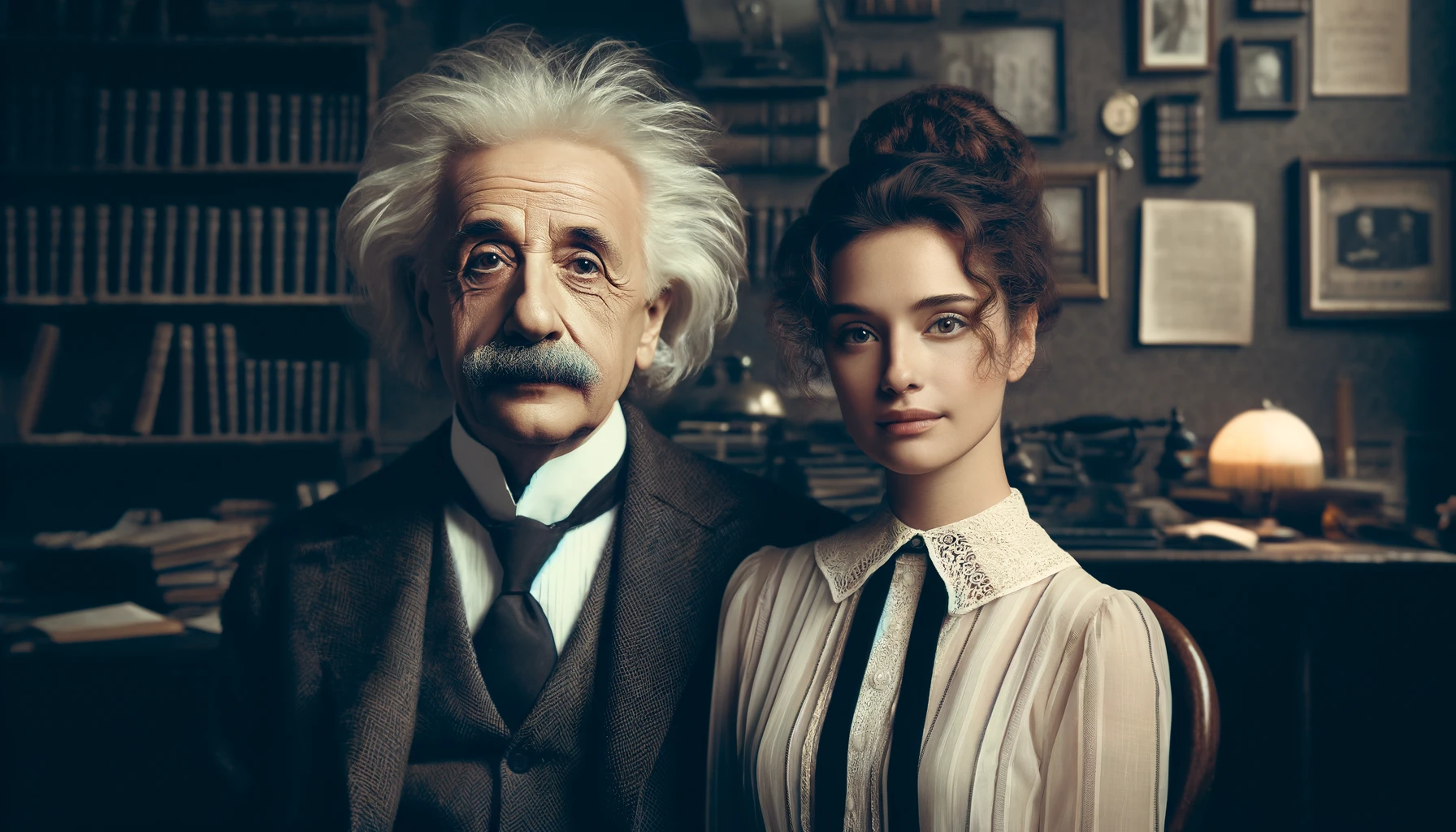
Marriage to Mileva Maric
Mileva was the only girl in his course, she limped because of bone tuberculosis suffered in her youth and did not shine with beauty, but she was distinguished by a fine analytical mind and out-of-the-box thinking.
The parents of the bride and groom were against this marriage. They said to Einstein, “What do you need her for? She’s lame!” But he would answer a question with a question: “Have you heard what kind of voice she has?”
Even before the wedding they had a daughter, but one of the conditions of marriage Einstein put forward the refusal of the child, and Mileva Maric gave the girl to strangers.
In general, before formalizing the relationship, Albert Einstein signed with his future wife something similar to a pact of independence, in which she pledged to do all the housework, laundry and cooking for her husband and remove when he wishes to be alone.
However, Mileva was for Einstein not only a housewife and mother of his two sons. All the first works on the theory of physics went under two names: his and his wife’s, but at some stage her name disappeared.
The controversy surrounding the theory of relativity
The potential role of Einstein’s wife
There is a version that it was Mileva Maric who created the theory of relativity, and her husband appropriated its authorship. This was repeatedly stated by their eldest son – the one who was treated in a psychiatric hospital.
Proponents of the theory of Albert Einstein’s pseudo-genius believe that he had a mediocre intellect, and that he picked up ideas and innovations during his years of work in the patent office. Einstein himself repeated that the only talent he possessed was curiosity.
And also, perhaps, the ability to organize science. He was called the entrepreneur in science.
However, even if the theory of relativity does not belong to him, he was the first who summarized and formalized all the developments created by this time, and published them under his name, which, in general, also a lot of work.
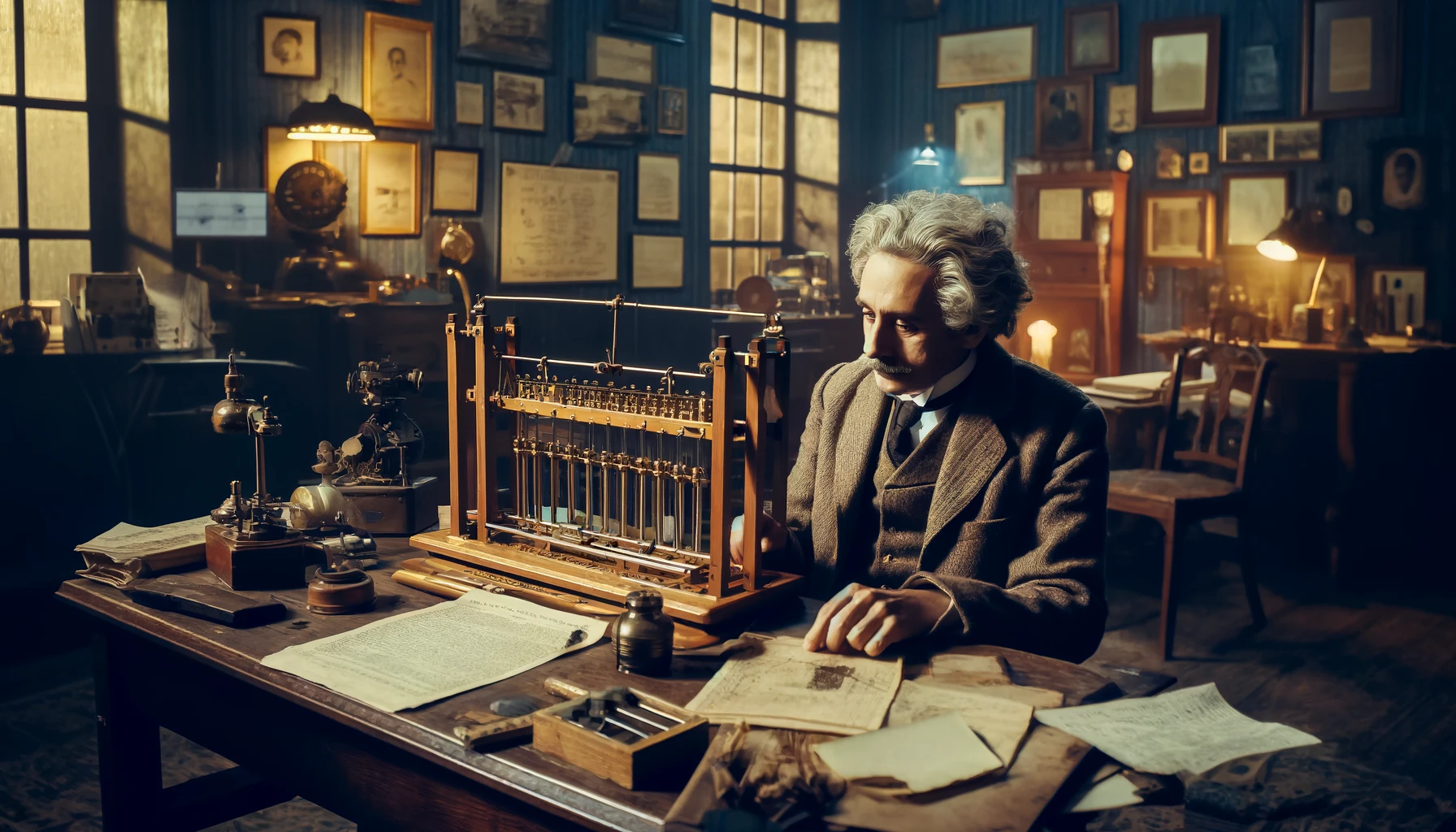
Nobel Prize for the photoelectric effect, not for the theory of relativity
It is indicative that Einstein received the Nobel Prize in 1905 for a very different reason – for the theory of the photoelectric effect. 32 thousand dollars – such at that time was the monetary equivalent of the award – the scientist gave his wife as a payoff for a peaceful divorce (soon he remarried to his cousin). The fact that the theory of relativity was not awarded the Nobel Prize, leads to thoughts: either the Nobel Committee doubted the validity of this theory, or
knew who its real creator.
Einstein’s personality and image: autism spectrum disorder?
The “mad scientist” stereotype.
Times Magazine called Einstein “a cartoonist’s dream come true.”
Indeed, Albert’s appearance in his old age, usually appearing in a simple sweater with disheveled hair, was quite consistent with the image of mad scientists and “forgetful professors” in pop culture.
In addition, it actively exploits the motif of the impracticality of the great physicist, transferred to the collective image of his colleagues.
That’s just stereotyping, though.
Einstein’s ambitious and authoritarian nature
Natalia Kostinskaya, professor, doctor of medicine, homeopathic physician, attributes Einstein to the homeopathic type of aurum (there are 40 of them in total).
People of this type are ambitious, confident, businesslike, egocentric, they have a bright charisma and easily command others, they are authoritarian to arrogance and often prefer forceful methods of solving problems (Einstein’s wife often walked around the house with bruises).
Aurum has intellectual acumen and mental blindness. Everything he does has a world-wide scope. It is not for nothing that Einstein’s theory had to explain the structure of the universe.
Einstein’s last days
Refusal of life extension surgery
On the afternoon of April 16, 1955, Einstein was resting in his room when his secretary heard him first rush to the bathroom and then collapse to the floor there.
A few days earlier, Einstein’s assistant had seen a grimace of pain on his face and asked: “Is everything all right?” – “Everyone is fine,” he replied. – But I’m not.”
Already in the hospital, having assessed the situation, doctors insistently suggested to operate on the scientist.
Cause of death: ruptured abdominal aortic aneurysm.
The latest surgical techniques could be used to try to repair the burst vessel. The only thing left to do was to get the patient’s consent.
Einstein was in pain, but he flatly refused the operation: “I do not believe in artificial prolongation of life”.
The next day, April 18, he died.
“The cause was a ruptured abdominal aortic aneurysm,” said his attending physician, Thomas Bucky. – And Einstein was right: the autopsy showed that surgical intervention would not have worked. The site of the rupture was too close to the branches of the renal artery.

